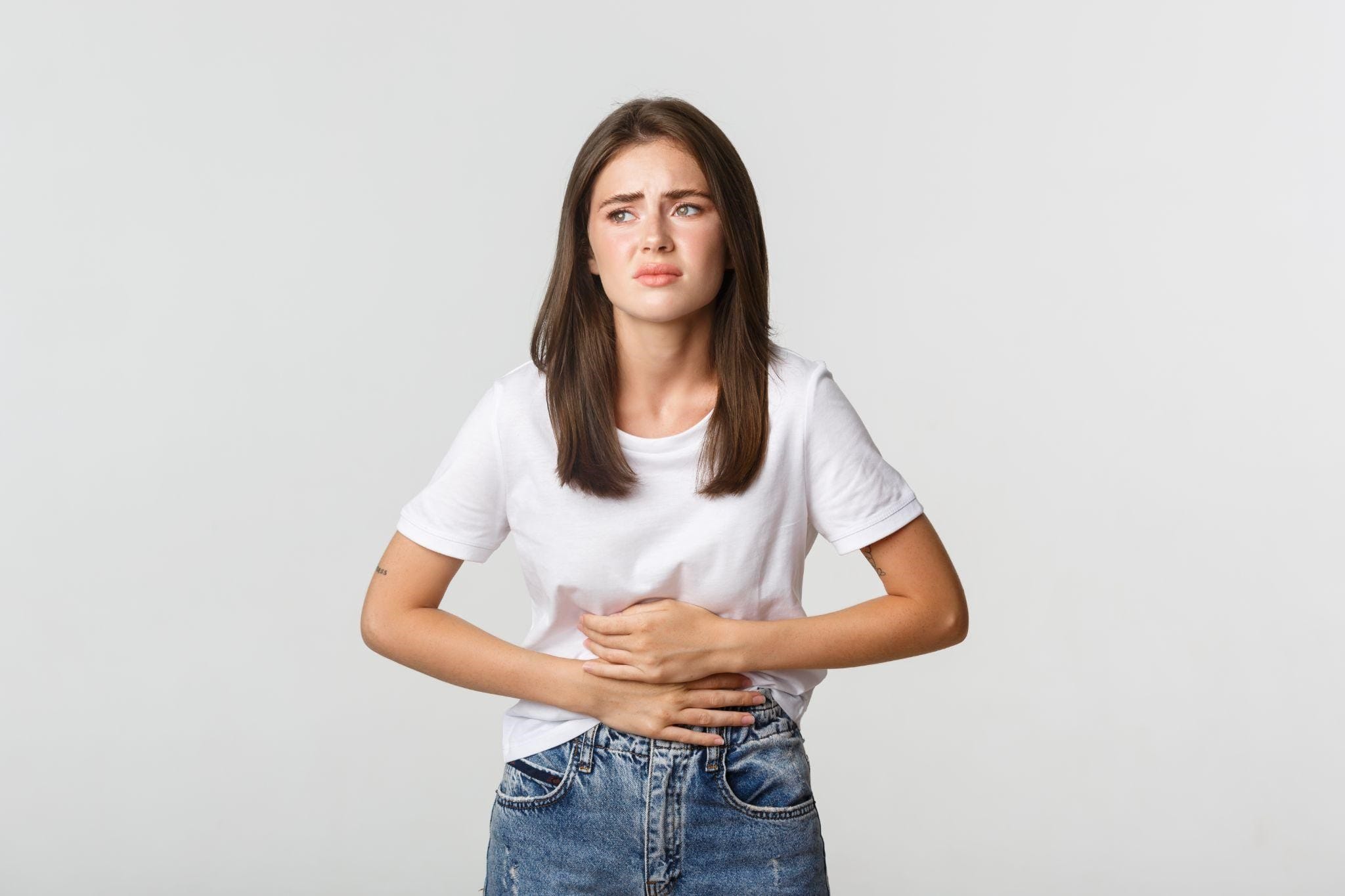PCOS – Understanding the disease in today’s living
Polycystic ovary syndrome is a familiar term even in college girls nowadays. Unlike earlier times, PCOS has become very common, especially in urban women. In many cases, PCOS diagnosis in a lady while she is not able to get pregnant. As part of couple therapy for infertility, routine ultrasound is done which may show signs of PCOS. In most cases, the disease may be in an advanced stage and the treatment for PCOS is very difficult in this stage. As it is a hormonal disorder, the levels of which can be deviated from time to time leading the patient thrown into a roller coaster ride both physically & emotionally. PCOS is mainly considered as a cause of infertility by many but the truth is, PCOS is a more serious condition that affects multiple organ systems in the body causing discomforts in a wide range. It can cause changes in physical appearance and emotional stability. If not treated properly, the disease can cause severe complications including depression and suicidal thoughts.
It is a curious play by nature, that each woman has a little amount of male hormone in their body. It is the same for men, too, having a little number of female hormones. At normal levels, they balance the bodily & reproductive functions as a blessing. PCOS is characterized by the presence of abnormally high levels of male hormones in women. But when they are produced abnormally or in excess, they become the reason for many disorders. In PCOS, the woman may have an excess male hormone called androgen in her body, primarily causing delayed menstrual periods, the characteristic feature of the disease.
Women have two ovaries that produce the female reproductive cell, the ovum. Normally only one ovum reaches maturity in a month and gets released into the tube to be fertilized by sperm or in case no sperm to meet, get expelled through menstrual flow. In women with PCOS, many small pouchlike structures develop at a time and no ovum gets matured. All these pouches get filled with a watery fluid called follicles. Hormonal changes cause these changes and this structural change in the ovary can again cause hormonal imbalance. In such a condition, no healthy ovum is produced or released into the fallopian tube. Thus, the cyclic and rhythmic release of the ovum is interrupted which means a lesser chance of conception and pregnancy. A single cause may not be seen in PCOS cases but both hereditary and environmental factors are thought to be responsible. The exact cause for the development of PCOS is not yet understood by experts other than the idiopathic raise in male hormone levels. Some scholars say it is related to an unhealthy diet and a sedentary lifestyle.
Though PCOS remains the most common cause of infertility in many countries and treatment is sought for the same reason, it is very important to know that PCOS can lead to many other serious health conditions including type 2 diabetes, endometrial cancer, and heart diseases. If not diagnosed and managed properly this disease causes fatal complications. PCOS does not have a single diagnostic test but case history, physical examination, blood test for hormone levels and ultrasound can almost confirm the condition. PCOS is a chronic condition that starts developing in very early adolescent girls but gets diagnosed very late. Clinical manifestation includes the growth of body hair such as in men, weight gain, acne and excessive oil production on the skin, dark thickened patches on the skin, mood swings, and disturbed sleep. These may be ignored or misdiagnosed in teenagers but that will lead to chronic pathogenesis of PCOS and its complications. An early diagnosis and timely intervention can help prevent further complications and progress. Treatment ranges from lifestyle changes to hormone therapy.
Also read: Home Remedies for Dry Eyes to Help Manage Symptoms
Management of PCOS with Ayurveda
Ayurveda understands health as a balanced state of three doshas Vaata, Pitta, and Kapha. Any imbalance in this harmony can cause disease. Also, the channels in the body that carry any circulatory material within the system are called Srotas. Many visible and minute channels carry nourishment, waste products, body fluids, etc in the body and they are interconnected at many points. Any disease may be a manifestation of a block or defect in such channels. The disease manifests at the site where the Srotas is defective structurally or functionally. Menstrual circulation is described as artava and the channels which carry the associated cells and tissues are called Artava vaha srotas. This when obstructed by Aama, Kapha dosha, or medo dhatu, the normal flow of artava does not happen. This condition is explained in the chapter Yonivyapad (diseases of female reproductive tract) as Kapha dominant diseases of vagina. As PCOS is presented as a syndrome or group of signs and symptoms, a single disease can not be found in Ayurveda. Many conditions like Artavakshaya or arajaska (absent or scanty menstrual flow), Vandhya (unable to conceive), and pushpaghni jataharini (woman with anovulation, obesity & excess body hair) can be understood as different cases or stages of PCOS.
Diseases of the female reproductive tract are described in the chapter Yonivyapad with etiology, clinical presentation, and treatments. As PCOS presents itself as a case with excess Kapha dosha, Aama (metabolic waste products that are toxic to the body), and Medas (body tissue with excess fat deposits) the first line of treatment is to remove the toxins and deposited waste materials from the system. It includes fasting, intake of food, and medicines that are Pungent, Bitter, and Astringent in taste. Diet should be warm and dry in potency. Cold & Sweet food items with oil & fat content should be avoided. In young and strong women, Ayurveda Panchakarma therapies for cleaning the system are administered under expert advice. The procedures include Virechana (therapeutic purgation), Vamana (therapeutic emesis), Vasti (therapeutic enema), and Nasya(medicated herbal nasal drops). Nasal drops are very important in PCOS as they can stimulate the Hypothalamo-pituitary-ovarian axis that controls & regulates menstruation.
Common medicines used are:
- Varanadi kashayam
- Paathadi kashayam
- Kanaasatahwadi kashayam
- Raja:pravartini vati
- Kallyanagulam
- Sukumararasayanam
Also read: Trending Medical Careers You Could Train in Today
In many cases, medicines and lifestyle management along with dietary restrictions can help manage the condition. But in suitable cases, Panchakarma therapies should be done for complete cure and prevention. After Panchakarma, strict restrictions on diet and regimen are advised including a sleep schedule. Even after attaining normal health, a healthy and balanced diet along with an ayurvedic daily & seasonal routine should be followed to prevent a recurrence. Emotional stress should be managed well as it can trigger another episode of hormonal imbalance.






